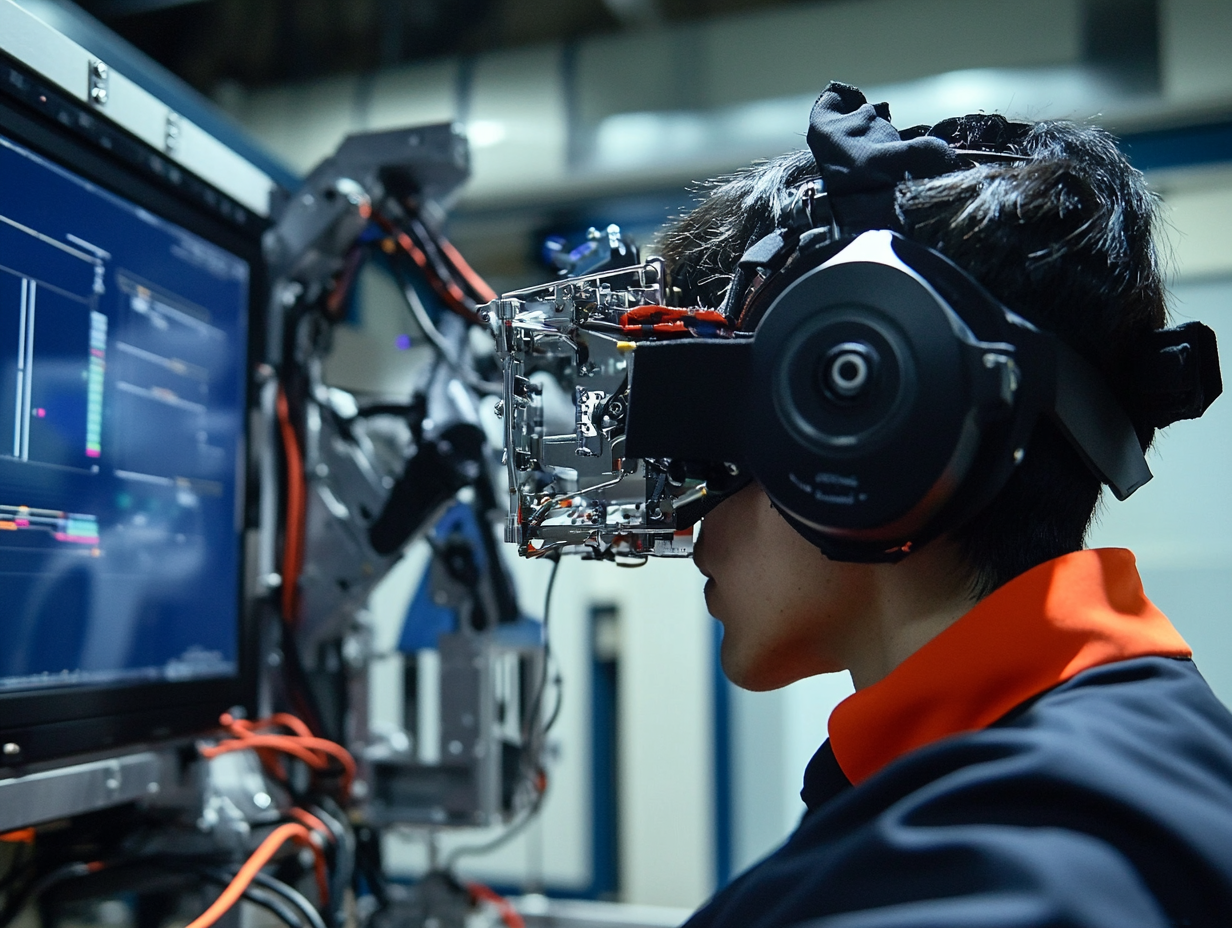In a rapidly evolving technological world, the need for accurate navigation systems has never been greater. **Inertial Navigation IMU** technology is a breakthrough solution that uses the principle of inertia to provide precise positioning and orientation data. This article delves into the complexity of IMU technology, its core components, and its diverse applications across various industries.
##What is inertial navigation IMU technology?
The core of inertial navigation IMU technology is to use a combination of sensors (mainly gyroscopes and accelerometers) to measure and calculate the attitude and position of an object. **Inertial Measurement Units (IMUs)** are designed to track motion by detecting changes in speed and direction. By employing three-axis accelerometers and three-axis gyroscope sensors, IMU technology can provide real-time data critical to navigation.
### How does it work?
Accelerometers measure the acceleration of an object, allowing us to derive force and position information based on Newton's second law. At the same time, a gyro sensor measures angular velocity, allowing the angle and direction to be calculated based on rotational mechanics. When these sensors work together, they create a comprehensive inertial navigation system capable of providing precise data for a variety of applications.
##Application of inertial navigation IMU technology
### 1. Drones
In the field of drones, inertial navigation IMU technology has changed the rules of the game. It can achieve precise positioning, attitude control and flight path planning, ensuring that drones can easily navigate complex environments. Whether it's aerial photography, surveying or delivery services, IMU technology improves the reliability and efficiency of drone operations.
### 2. Aviation and Maritime Navigation
In the fields of aviation and navigation, IMU technology plays a pivotal role in automatic navigation and stability control. IMU-equipped aircraft and ships can maintain course and direction even in challenging conditions, significantly improving safety and operational efficiency. This technology is vital to modern navigation systems, ensuring that ships and aircraft can confidently traverse long distances.
### 3. Missile guidance
In the defense sector, missile guidance accuracy is critical. Inertial navigation IMU technology can achieve precise aiming and ballistic control, ensuring that the missile can hit the intended target with extremely high accuracy. This capability is critical to national security and defense operations, making IMU technology an indispensable asset in military applications.
## Challenges and Considerations
While inertial navigation IMU technology offers many advantages, it also faces challenges. Sensors can suffer from errors and drift, requiring data fusion and correction algorithms to maintain accuracy. Additionally, in highly dynamic environments, sensors may be susceptible to interference, leading to errors. Therefore, IMU technology should complement other sensors and algorithms to optimize performance.
## In summary
Inertial navigation IMU technology is revolutionizing the way we navigate in everything from drones to aviation and defense. Its ability to provide accurate positioning and direction data makes it an essential component of modern navigation systems. As technology continues to advance, the integration of IMU technology with other systems will only enhance its functionality and pave the way for more innovative applications. Embrace the future of navigation—the combination of precision and performance—with inertial navigation IMU technology.

Post time: Oct-15-2024

